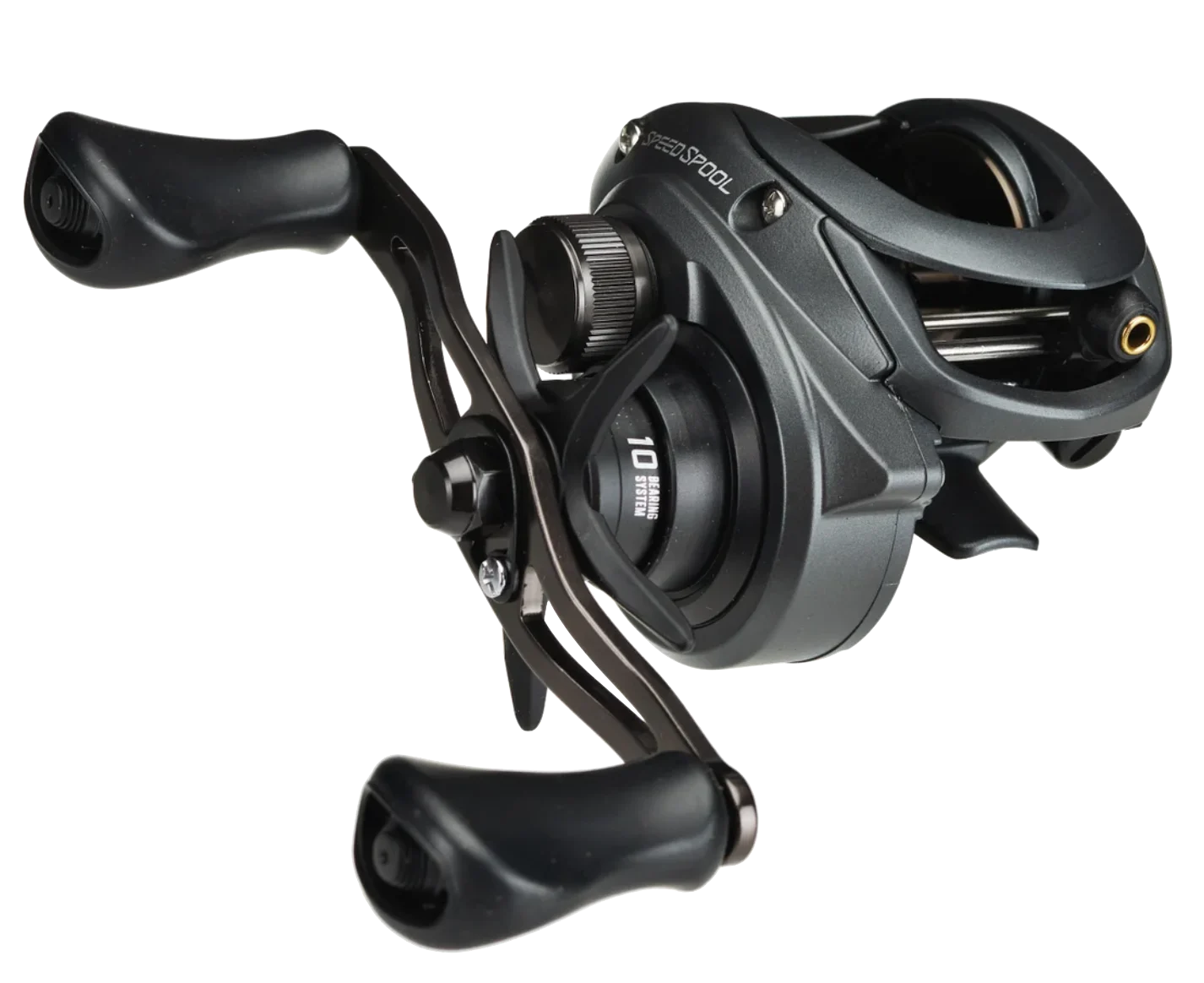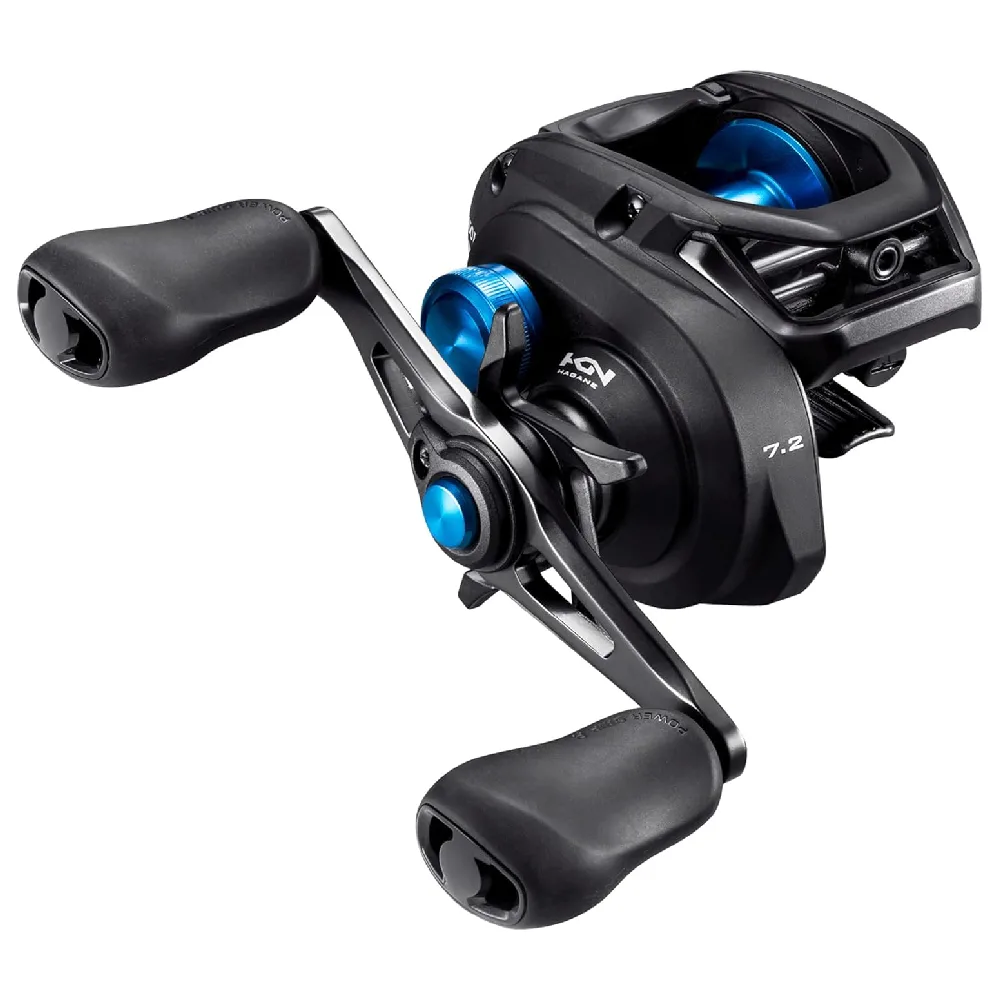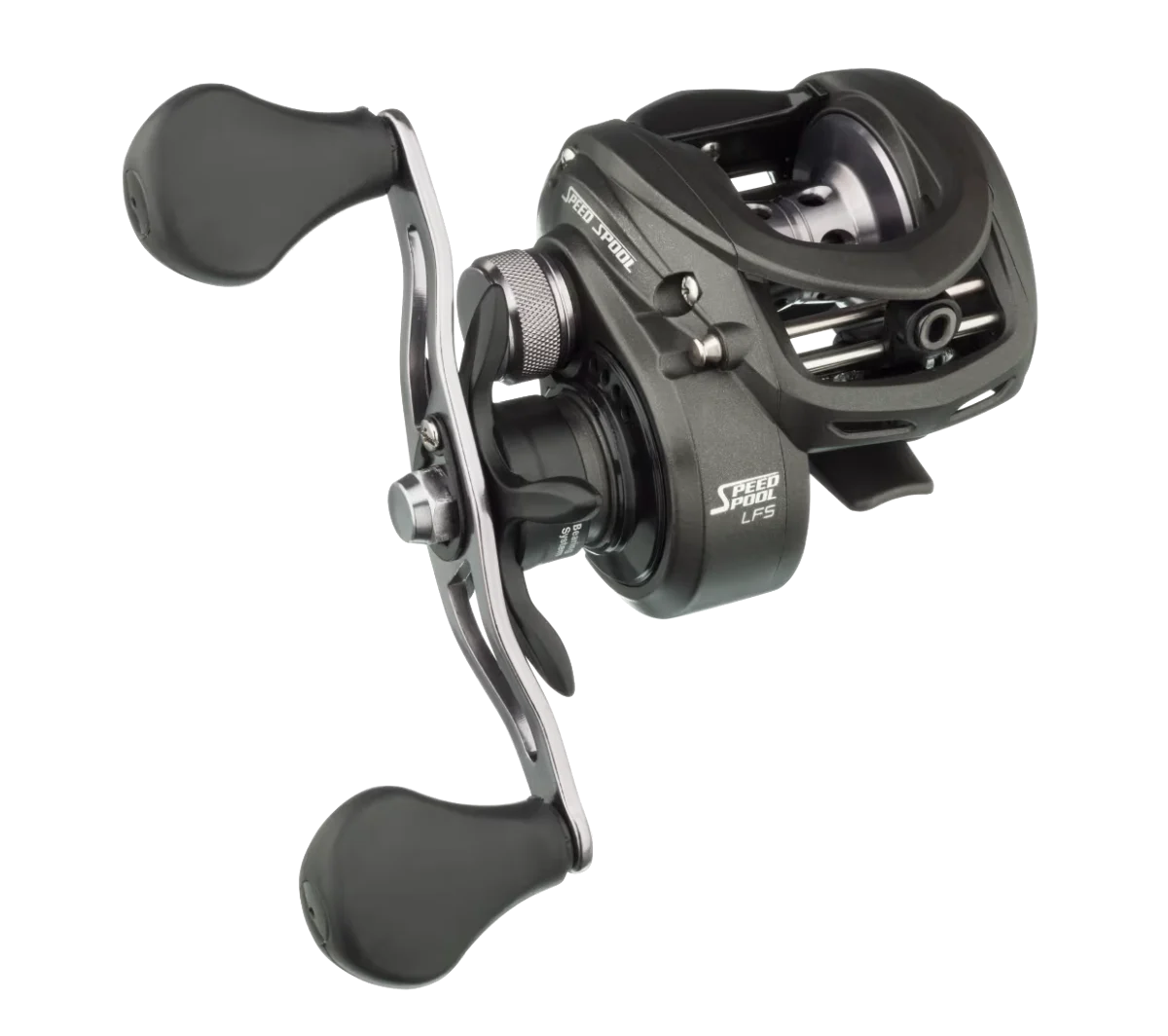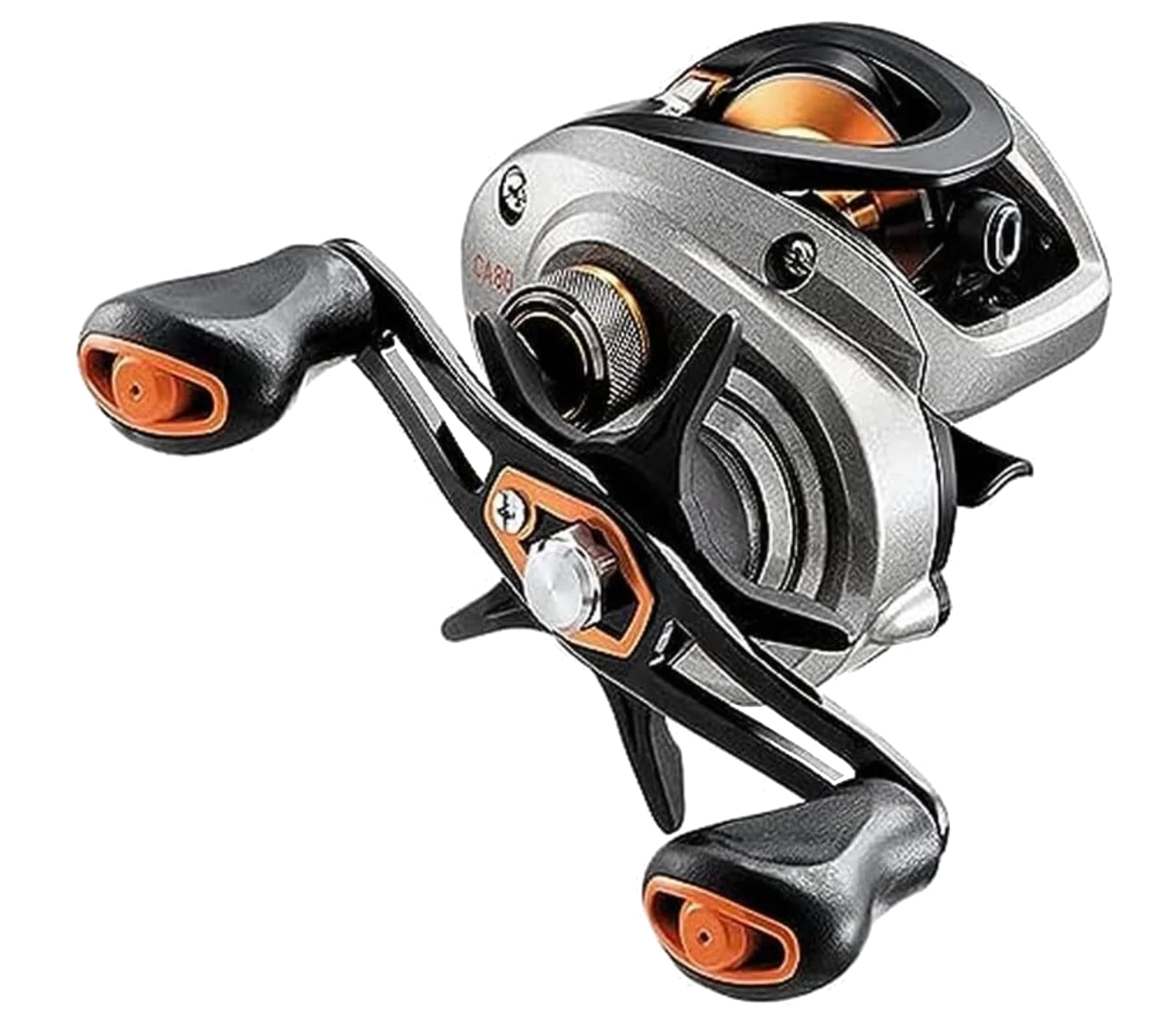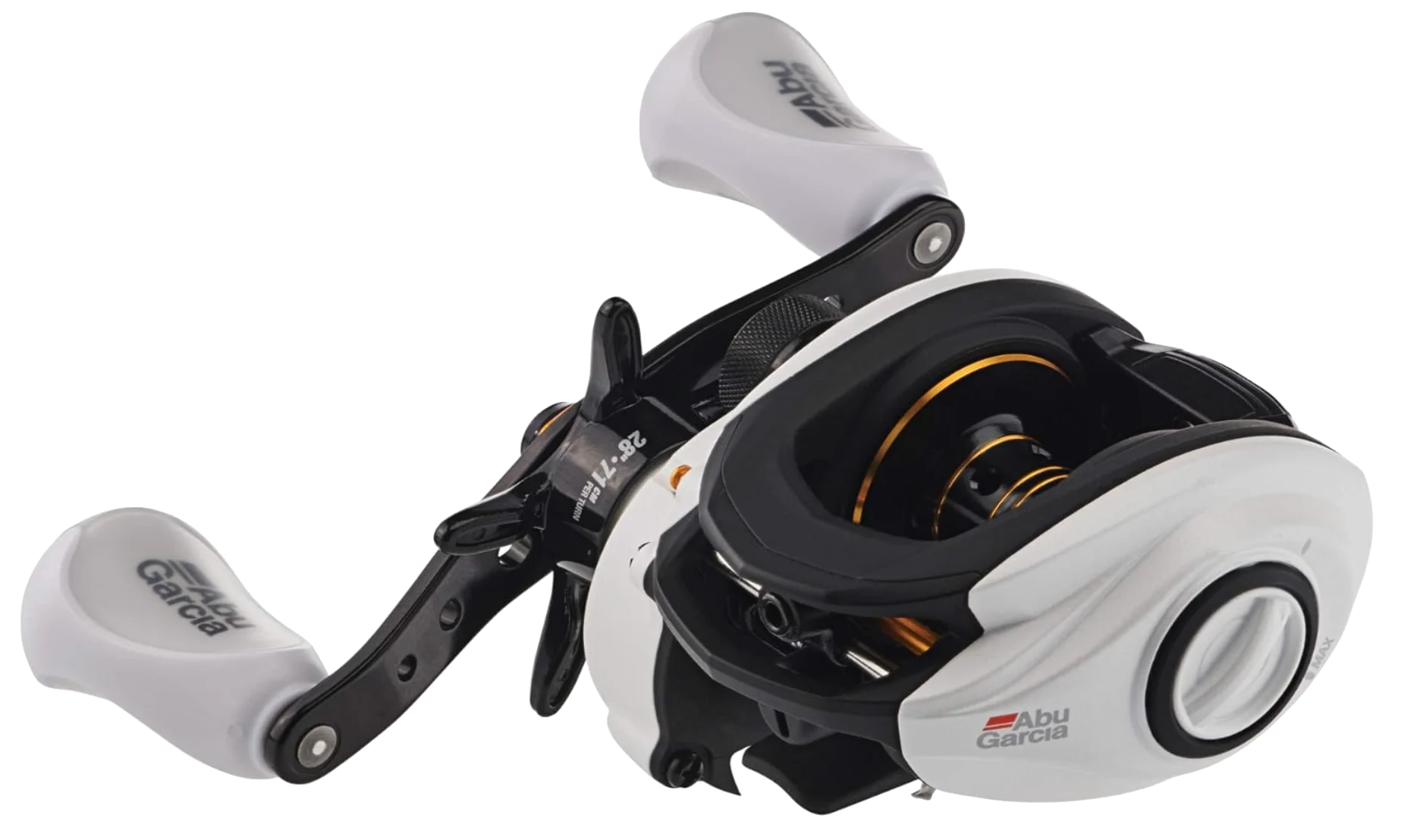We may earn revenue from the products available on this page and participate in affiliate programs. Learn more
Casting reels are the foundation of many bass fishing setups. And you can do a lot with a good baitcaster, from skipping jigs to bombing frogs to winding spinnerbaits to winching in crankbaits. And while it used to take a substantial amount of money to buy yourself a quality baitcasting reel, now there are some great options for under $100.
Thanks to increased competition in the market and radical advancements in materials and manufacturing processes, anglers no longer have to break the bank for a reliable and capable baitcaster. To prove it, I compiled a lineup of different casting reels, all under $100, and then narrowed it down to the top five through head-to-head testing and on-water performance. Below are the results of my test, along with recommendations for the best baitcasting reels for under $100.
Best Overall: Lew’s Speed Spool Gen 3
Best for Power Fishing: Shimano SLX A 150
Best for Light Lures: Lew’s Speed Spool Gen 2
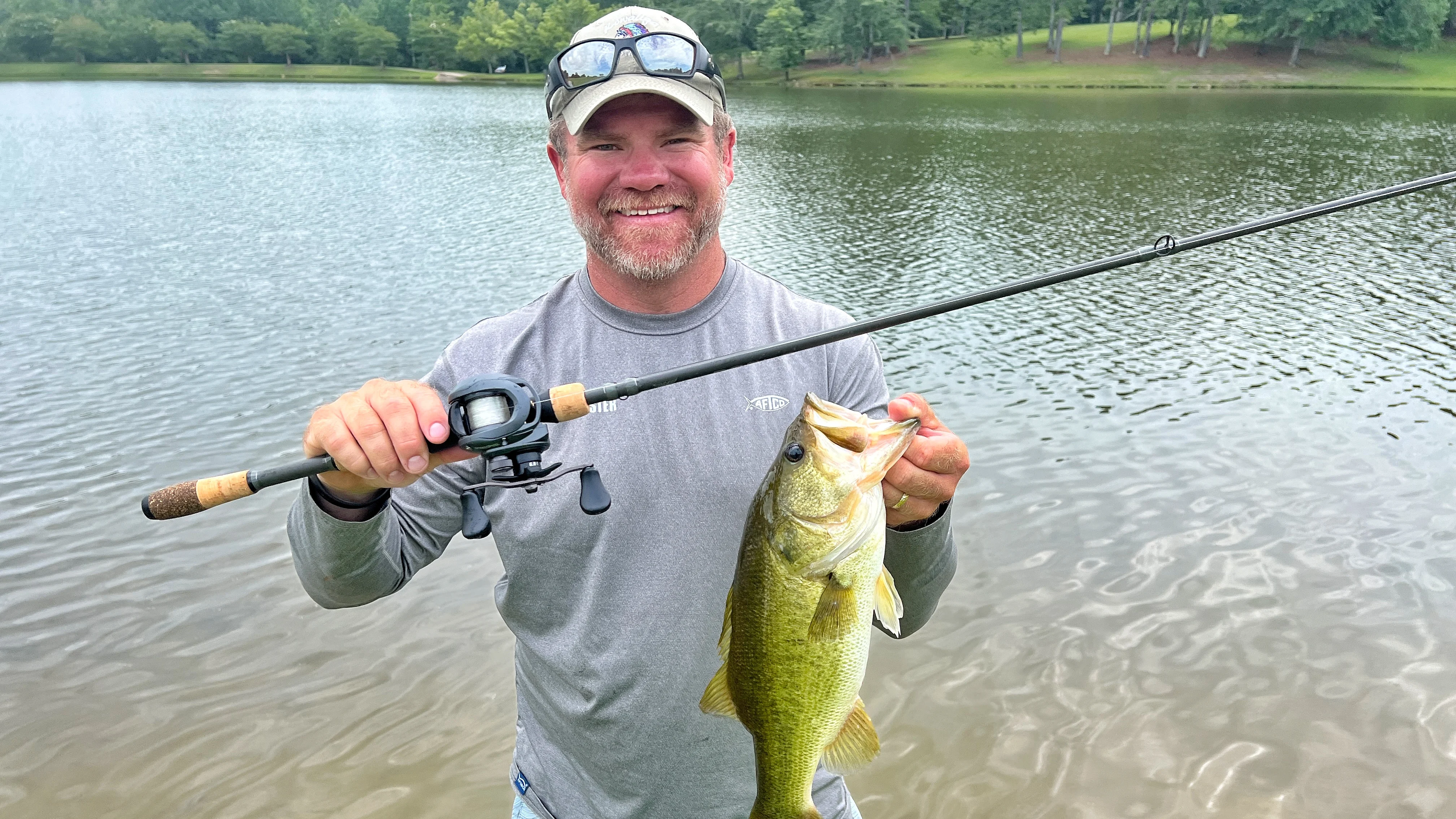
Best Overall: Lew’s Speed Spool Gen 3
Specs
Retrieve: Right and left
Gear Ratio: 5.6:1, 6.8:1, 7.5:1 and 8.3:1
Line capacity: 12 lb/120 yard (monofilament)
Weight: 7 ounces
Bearings: 9+1
Key Features
External brake control
95mm handle with Pro Power Knobs
Low profile with a solid feel
The first generation of the Lew’s LFS Speed Spool was a phenomenal reel for $100. Digging through my old YouTube videos, I found footage of me fishing with that reel at least 12 years ago. The second generation of this beloved Speed Spool came to market in 2014, and it was even a notch better than the original—still priced at $100. And now, all these years later, Lew’s has done it again with their recent release of the Gen 3 version, setting the standard once more for the $100 baitcaster.
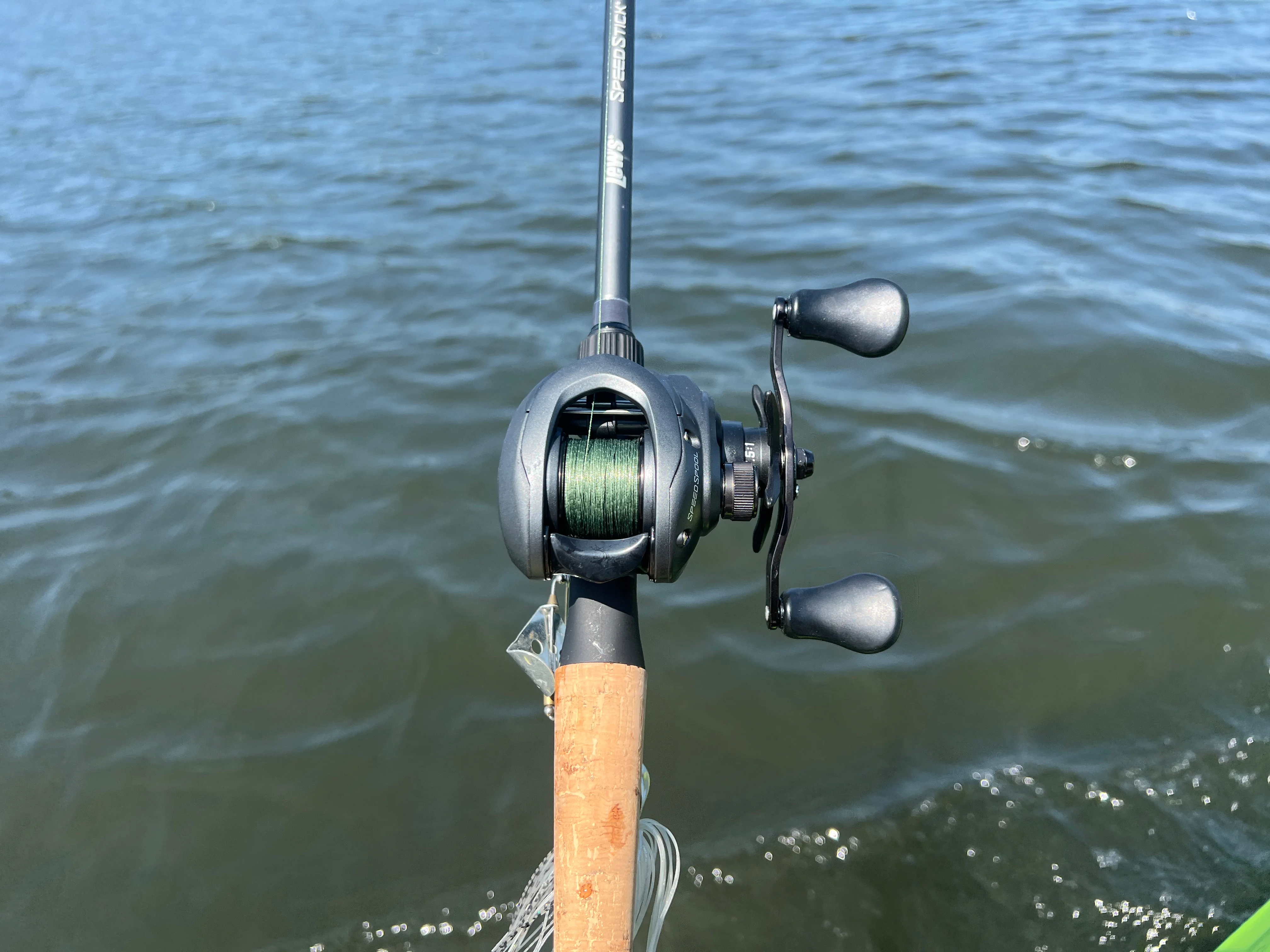
Though the Gen 3 Speed Spool is available for preorder, it won’t officially hit the shelves until November. I was fortunate enough to receive one of these reels earlier this year to start fishing with it before the release. The newest rendition of the Speed Spool is a much better all-around reel. It is still capable of casting lighter baits but also performs well with braided line and power fishing techniques.
What sets it apart from other models on this list is the extra brake control. The simplicity of the external brake control (opposite the side of the handle) makes all the difference when adjusting the reel on the fly. You don’t have to take the side plate off to adjust the brakes as you do with many other reels. But the Gen 3 Speed Spool also has four gear ratios, including a slower 5.6:1 with a deeper spool, whereas the SLX and most other reels in the price range only have three gear ratios. This vast spectrum of gear ratios—all in left and right hand retrieves—distanced the Gen 3 from most other models in our test.
Best for Power Fishing: Shimano SLX A 150
Specs
Retrieve: Right and left
Gear Ratio: 6.3:1, 7.2:1 and 8.2:1
Line capacity: 12 lb/110 yard (monofilament)
Weight: 6.9 ounces
Bearings: 3+1
Max drag: 11 and 12 (6.3:1)
Key Features
Metal reel body with high rigidity
Reduced vibration of the bearing during high-speed rotation
Super Free Spool said to eliminate friction on the spool during the cast
The Shimano SLX A 150 is a fantastic baitcasting reel that has been a best-seller since it was first introduced six years ago. As impressed as I was with the Gen 3 Speed Spool, I’ve been equally impressed by this reel. The SLX A fell short of the top spot primarily because you have to take the side plate off to adjust the brakes. And since a lot of new anglers are looking for reels in the $100 price range, that extra step bumped this reel down. But the SLX A 150 is still a phenomenal option for the money and one I am confident in when throwing bigger baits and using power fishing techniques.
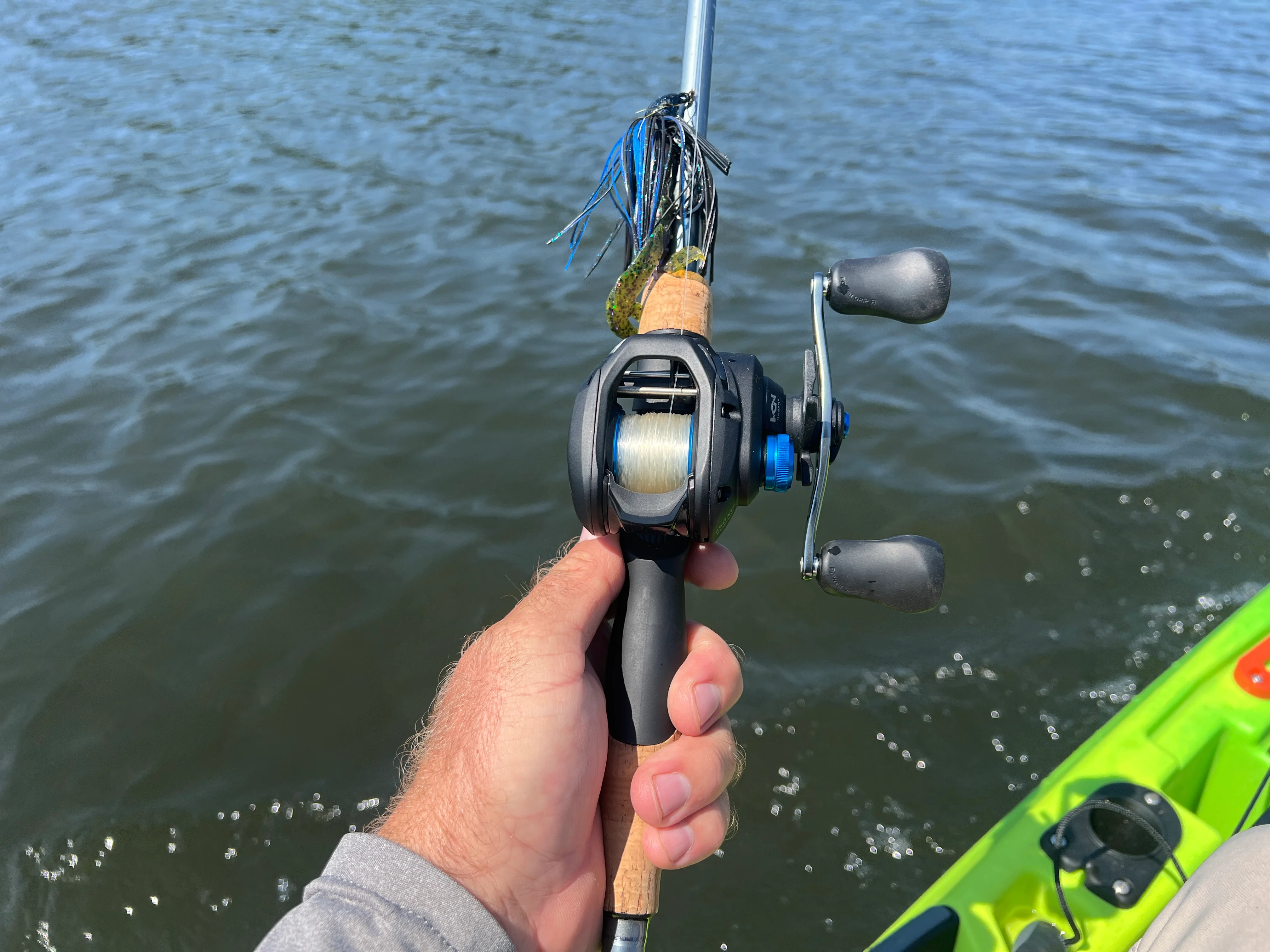
For whatever reason—even though the max drag of the SLX is only 11 pounds—this reel feels and fishes better with big lures. I attribute this to the all-metal reel body that increases overall strength and provides extreme rigidity as a whole. I’d still be hesitant to use this reel for punching jigs because I don't think it can survive the long haul. But for frogging, swimming a jig, and pitching a jig, the SLX A is a great choice.
I was surprised to read that the SLX A 150 only has four bearings. This reel casts super smooth and easy. So I’m not sure all the hype around reels having 10 bearings is actually substantiated after fishing with this one. I couldn’t tell a dime’s worth of between this and a one with double the amount of bearings. And for 100 bucks, it performed well out of it's price range.
Best for Light Lures: Lew’s Speed Spool Gen 2
Specs
Retrieve: Right and left
Gear Ratio: 5.6:1 (right only), 6.8:1, 7.5:1 and 8.3:1
Line capacity: 12 lb/120 yard (monofilament)
Weight: 7.1 ounces
Bearings: 9+1
Max drag: 15 pound
Key Features
One-piece aluminum frame
Externally brake control
Durable Rulon drag system with 15lbs of drag power
Aluminum 95mm handle with Soft Touch paddle knobs
Zirconia line guide
External lube port
The Lew’s Speed Spool Gen 2 bested all the others in casting distance, but it really separated itself when throwing lighter baits. I’ve fished with this reel quite a bit since 2014, and it quickly became the main building block in my bass fishing arsenal. For everything from a shaky head to a swim jig, the Lew’s Speed Spool Gen 2 is a true bang for your buck in every sense of the phrase.
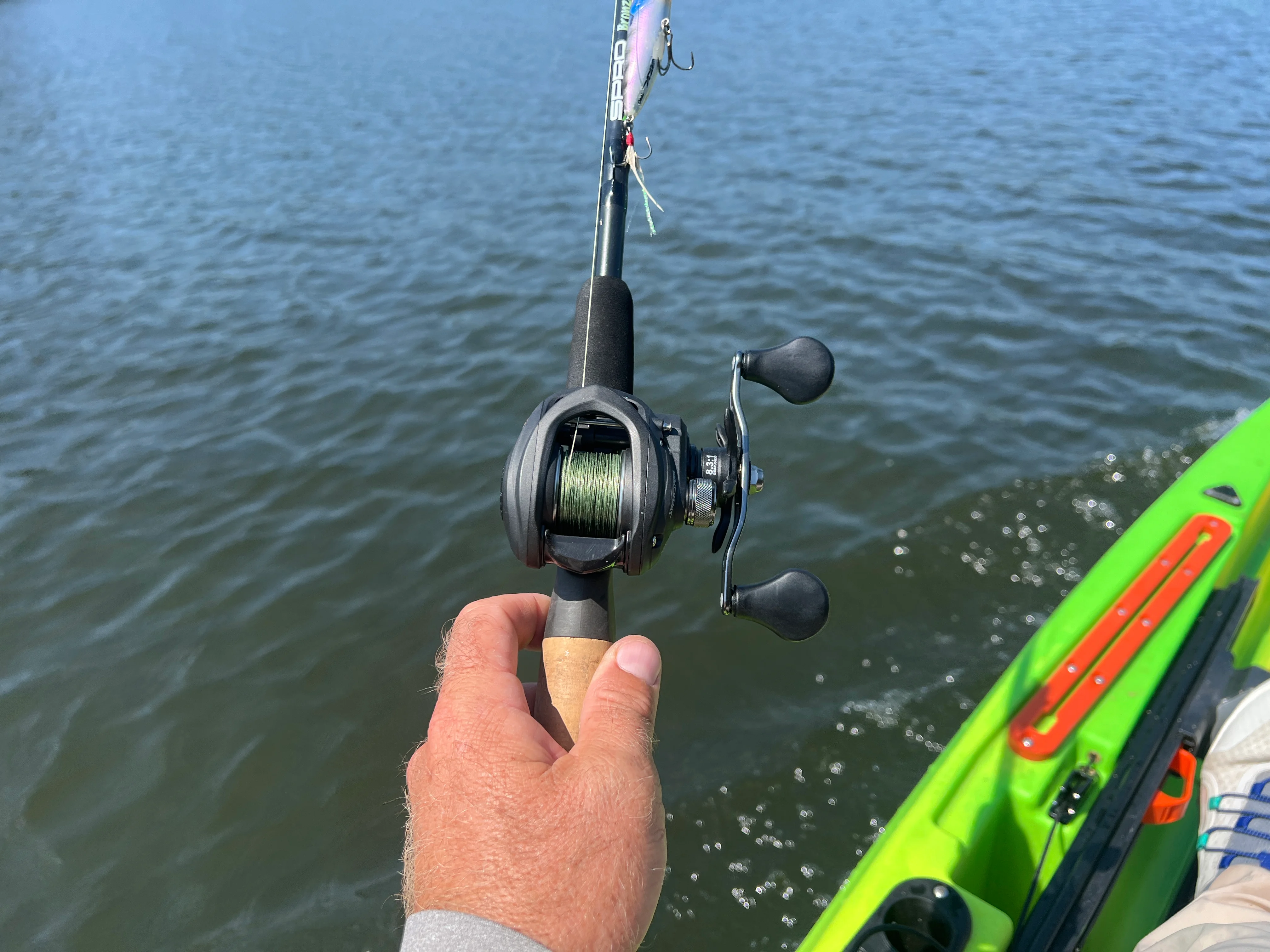
This reel is simple to use with an external brake control, a spool tension knob, and a star-shaped drag control. The one-piece aluminum frame was the big upgrade that the Gen 2 reel saw over the Gen 1 Speed Spool. This made the updated version of the reel noticeably lighter. With 10 bearings, a zirconia line guide, a 95-millimeter bowed handle, wide paddle knobs, and 15 pounds of drag, Lew’s was ahead of the times ten years ago. And, while I still believe the Gen 3 model is more capable, the Gen 2 is my pick for lighter baits like poppers, floating worms, and balsa wood crankbaits.
Daiwa CA 80
Specs
Retrieve: Right and left
Gear Ratio: 7.5:1, 8.3:1
Line capacity: 12 lb/120 yard (monofilament)
Weight: 7.2 ounces
Bearings: 9+1
Max drag: 11 pounds
Key Features
Compact body—for kids and other anglers with small hands
Aluminum frame/carbon graphite side plate
External brake control
90mm swept handle
Soft paddle knobs
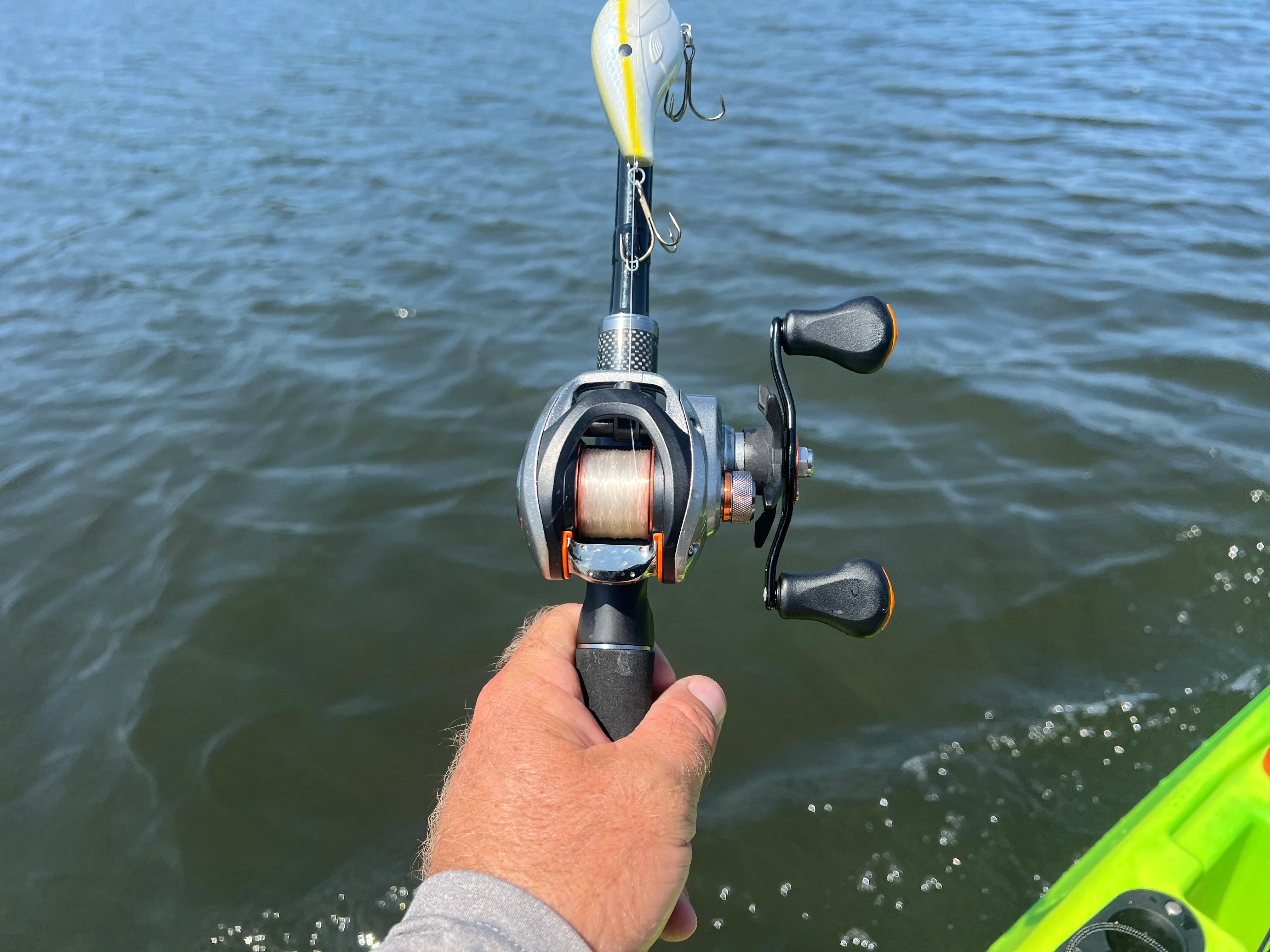
Though the Daiwa CA 80 was a louder than the other reels while casting, you can still bomb a bait with it. I paired it with a Daiwa Tatula XT Cranking rod during the on the water testing, and I was honestly shocked to see how far I could cast a deep diving crankbait. I liked the size of this reel in my hand, too. And while it had large, paddle-like knobs, the shorter handle made it feel more like a great option for younger anglers or those with smaller hands. The drawback is that it only comes in two gear ratios: 7.5:1 and 8.3:1. Though these models are still more than capable of fishing a wide range of techniques.
Abu Garcia Max Pro
Specs
Retrieve: Right and left
Gear Ratio: 7.1:1
Line capacity: 12 lb/120 yard (monofilament)
Weight: 7 .4 ounces
Bearings: 7+1
Max drag: 15 pounds
Key Features
Compact bent handle with soft touch knobs
Recessed reel foot
One-piece graphite frame
Graphite side plates
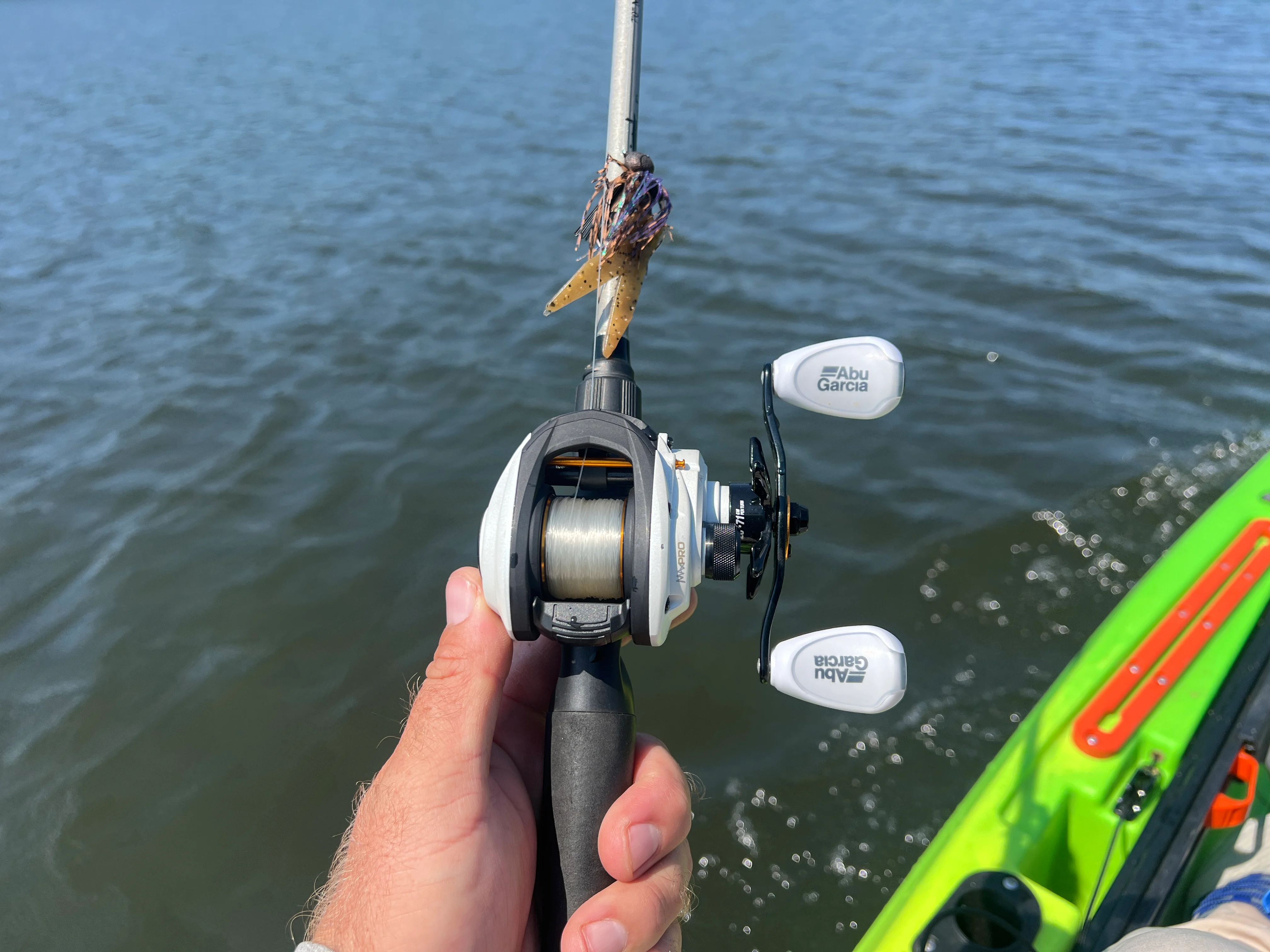
The Max Pro wasn’t far off the pace set by the other reels we tested when it comes to quality and capability, but the limited gear ratios kept it from making a run at the top slots. If you are going to offer only one gear ratio, though, Abu went with the right one at 7.1:1.
I was pleased with the performance of the Max Pro on the water. I mostly fished a small finesse jig with it, and the reel proved itself capable of throwing the 1/4-ounce bait with ease, even in varying conditions. This reel is a touch heavier than the rest on this list, but its easy-to-use external brake adjustment again makes up for any shortcomings in that regard. For the beginner, I think this is a fantastic option. It’s plenty capable, easy to use, and a great all-around option with the 7.1:1 gear ratio.
How We Tested Budget Baitcasting Reels
In an effort to create a uniform test, we decided to pit these reels against one another in a lawn casting competition before hitting the water. I measured 150 feet, set a target, and made a strong two-arm cast with each of the reels to see which could throw the farthest.
I spooled all five reels with the same 15-pound fluorocarbon line—literally peeling the line off one reel when I was done and then spooling it onto the next. I also used the same rod and jig for all test reels and made a few practice casts to dial each one in. Then I threw it as far as I could, marked the location of the bait, and repeated the process.
Casting test specifications:
Line: 15-pound fluorocarbon (Seaguar InvizX)
Bait: 1/2 ounce flipping jig (Nichols Lures)
Rod: 7’ medium heavy/fast action (Fitzgerald Vursa)
Results
Lew’s LFS Speed Spool Gen 2: 137 feet, 6 inches
Shimano SLX A 150 A: 131 feet, 4 inches
Lew’s LFS Speed Spool Gen 3: 126 feet, 8 inches
Abu Garcia Max Pro/Daiwa CA 80: 123 feet

After casting on the lawn, I took these reels on the water to fish in various situations. I had the five reels spooled with different line sizes and types. They were also paired with a variety of rods, each with a different bait rigged on it. With at least one of these reels, I’ve deep cranked, swam a jig, flipped a jig, fished a topwater, burnt a buzzbait, and heaved a swimbait. I noted how well each reel performed in every situation, including how it held up against actual fish. After I was done, I took my lawn notes and on-water results to determine winners.
Final Thoughts
There's no need to spend hundreds on a new baitcaster. With several quality options on the market for less than $100, anyone from a touring pro to a kid getting started bass fishing could use these reels effectively. Besides quality of materials, the biggest consideration when choosing a reel is user-friendliness.
Four of the five reels on this list have external brake controls, something you want to look for if you’re new to bass fishing or want to tweak your reel on the fly. Finding a reel with multiple gear ratio options is also a good idea so that you can build a more versatile arsenal in time, composed of reels that feel the same in your hand. As long as the reel is available in something over a 7:1 gear ratio, you can do almost anything you’d want to do with a baitcaster.
Why Trust Us
For more than 125 years, Field & Stream has been providing readers with honest and authentic coverage of outdoor gear. Our writers and editors eat, sleep, and breathe the outdoors, and that passion comes through in our product reviews. You can count on F&S to keep you up to date on the best new gear. And when we write about a product—whether it’s a bass lure or a backpack—we cover the good and the bad, so you know exactly what to expect before you decide to make a purchase.


